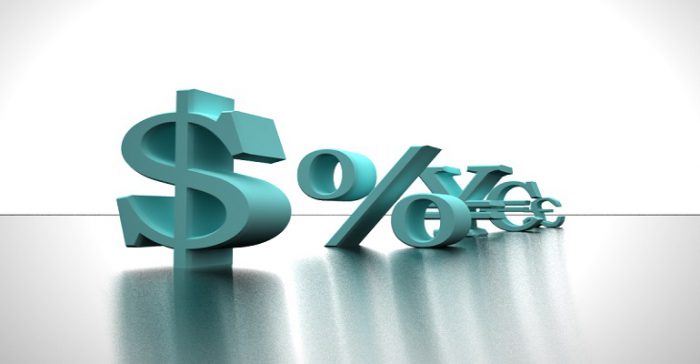Opening Energy Efficiency To All With Inclusive Financing
Alliance to Save Energy, January 25, 2017
More than a third of US residents are effectively locked out of financing programs for energy efficiency, especially renters and those homeowners who can neither afford to pay upfront for efficiency upgrades nor take on debt.1 Similar barriers affect businesses that lease their space as well as government agencies with borrowing limits. These financial barriers have vexed efficiency resource developers for decades. So how can these challenges be addressed?
Inclusive financing provides a solution, with potential to break these barriers and quickly scale up investment in energy efficiency. Here’s how it works: Utilities offer an opt-in tariff to invest in cost-effective efficiency upgrades and recover those costs on the utility bill for that site with a charge that is less than the estimated savings.
Because the cost recovery charge is less than the estimated savings, the customer benefits from immediate net savings, and once cost recovery is complete, the bill goes down even more as the customer benefits from 100% of the savings from the upgrade.
The charges stay with the meter, allowing renters to move out. The tariff also assures that new customers at that site simply will be notified of the cost recovery for the efficiency upgrades, which results in lower costs than would otherwise be incurred for a similar level of service.
Utility regulators in states including Kansas, Kentucky, New Hampshire, and Arkansas have already approved opt-in tariffs for efficiency upgrades. Although only a few leading utilities in each of those states are taking advantage of the opportunity to date, all of their programs are based on the same system, called Pay As You Save® (PAYS®).
At the “Future of Energy Summit” hosted by Bloomberg New Energy Finance, PAYS won a FiRe Award for high-impact innovation, and since then, the explosion of attention has prompted interest among stakeholders in a dozen additional states as well as half a dozen countries.
On-bill loans vs. on-bill tariffed investments
In a U.S. Department of Energy broadcast on current practices in energy efficiency financing, experts at Lawrence Berkeley National Lab underscored that tariffed on-bill financing is distinctly different than on-bill loan programs. Loan programs are typically not open to renters, or to anyone who would not be able to meet the underwriting criteria for the loan they seek. Once the loan is made to the consumer, the debt collection occurs with a charge on the utility bill.
By contrast, with an on-bill tariff based on the PAYS system, the utility makes an investment that is qualified by the cost effectiveness of the upgrade rather than the creditworthiness of the individual customer. Therefore, all customers are eligible regardless of income, credit score, or renter status. The cost recovery charge is capped at 80% of estimated savings, and the charges end if the upgrade fails and is not repaired. Rather than taking on debt, a participating customer agrees to pay the on-bill cost recovery charge until the costs are recovered, which is a shorter period than the useful life of the upgrades.
